If you would like to join the Saveweddington.org docent for a tour of the historic Weddington Golf and Tennis property please rsvp at info@saveweddington.org
This is a free walking tour approx.
40 mins long, wear comfortable shoes and we advise a sun visor or hat.
Tour limited to 50 people. Sunday
mornings at 9:30 am – address provided upon rsvp
Have a photo or memory you’d like us to feature on social media? Please share it with us! info@saveweddington.org
In April 2021 the Cultural-Heritage Commission nominated Weddington as a Historic-Cultural Monument. In September 2021 L.A. Council confirmed this nomination by voting “Yes” to designate the entire property.
Harvard-Westlake is trying to work around the designation by promising to keep just the clubhouse , front
lawn putting green, and famous golf ball lights, but still destroy the rest of the property. We’re working to prevent that from happening.
Weddington Golf & Tennis has a rich history and holds cherished memories that we are fighting to preserve.
We believe that informing the public is key to the success of our mission. Keep reading to
learn more about each part of this beloved property.
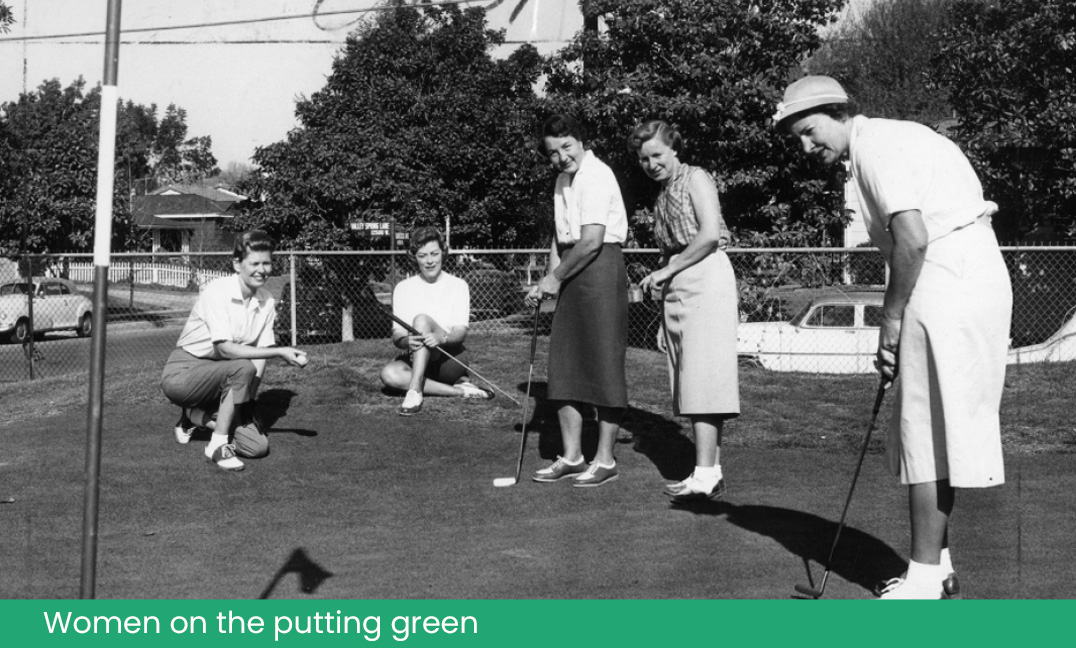
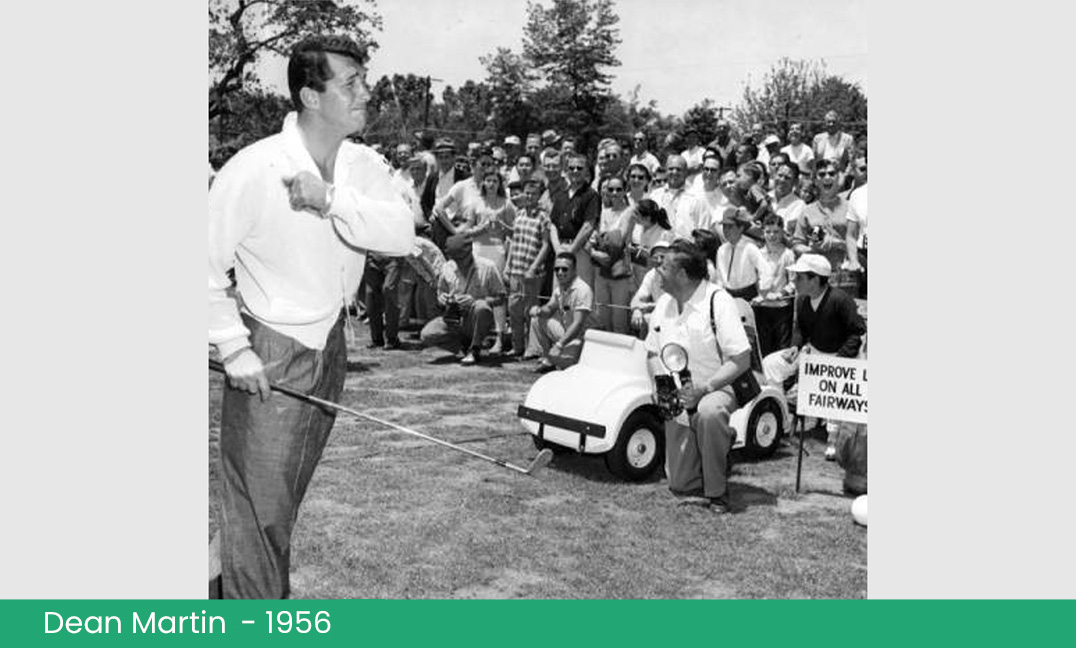
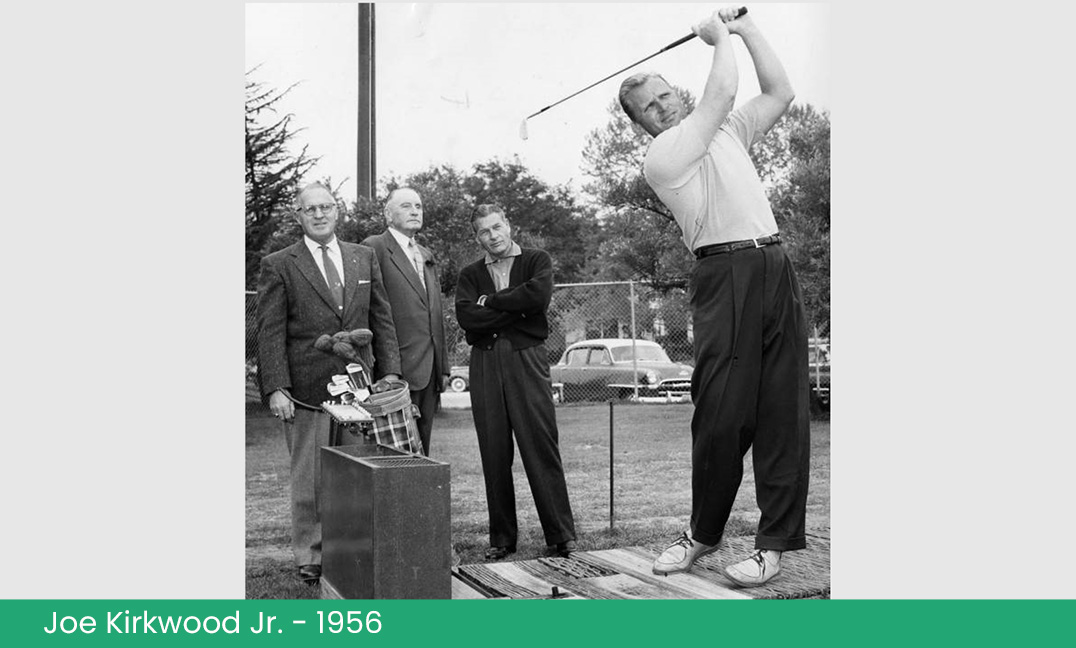
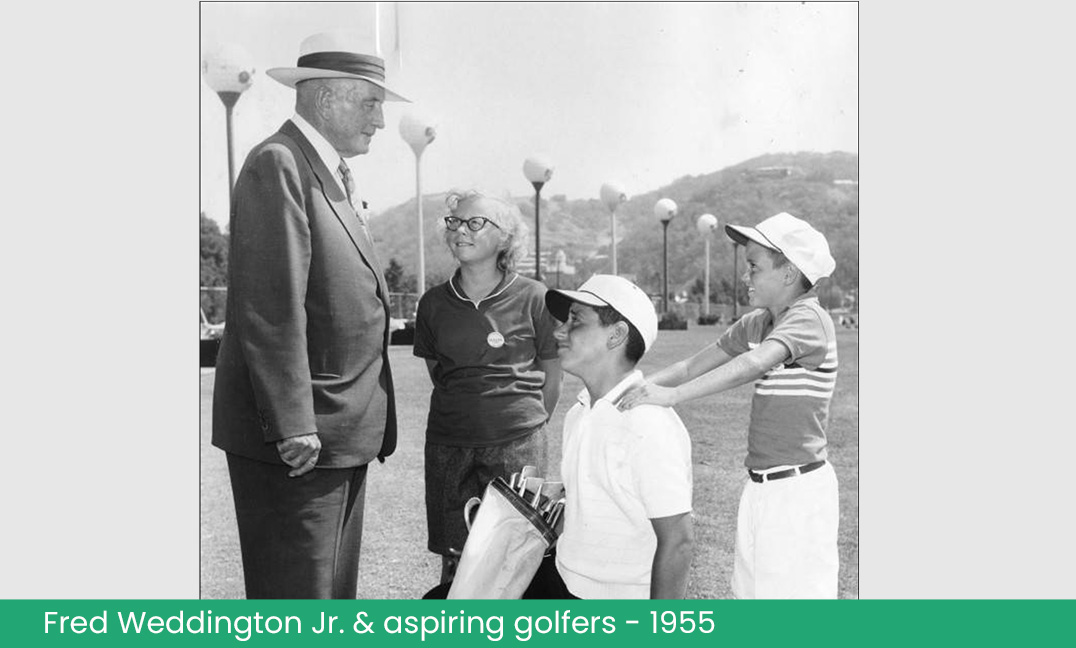
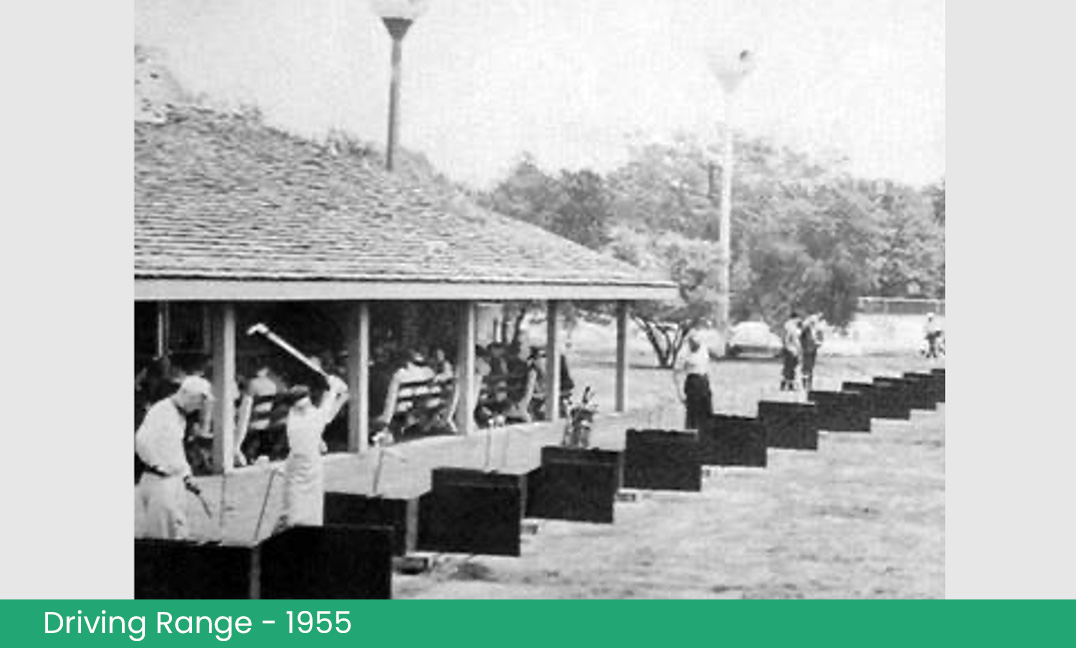
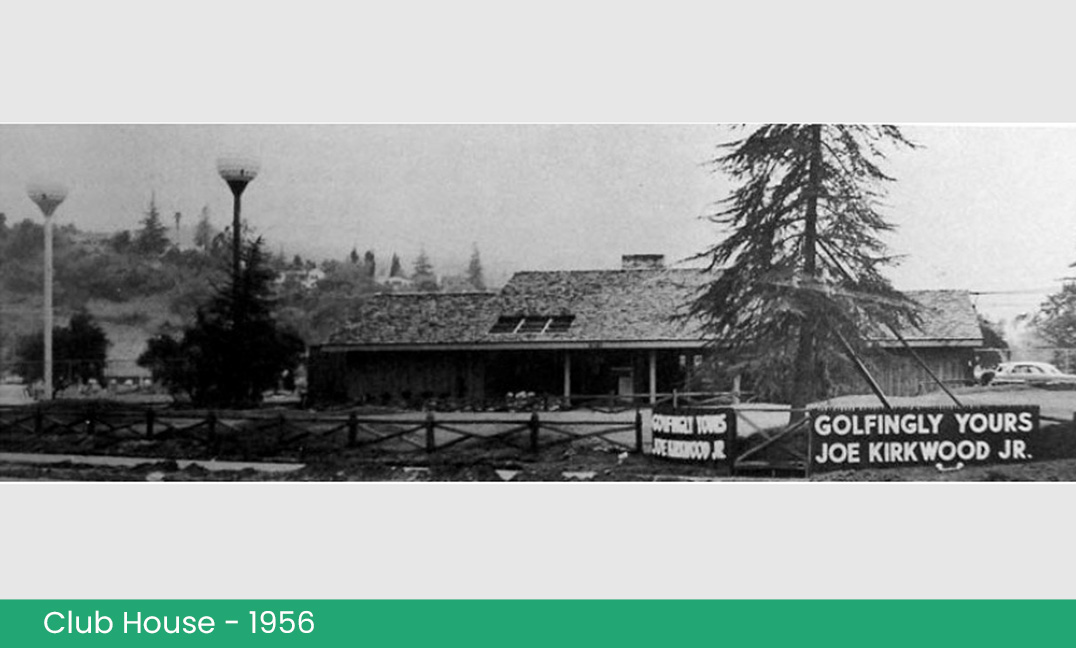
THE HISTORY OF WEDDINGTON
•Originally a sheep ranch owned by Wilson C. Weddington. Owned by his family from 1890s until 2017.
• The golf course and driving range were the brainchild of actor and pro golfer, Joe Kirkwood Jr. (best known for his role as Joe Palooka).
• 1955 Driving Range opens
• 1956 Golf Course opens
• Originally known as the Joe Kirkwood Jr. Golf Center, the property was NEVER a private club and was always open to EVERYONE.
• Operated by the McCallister family from 1957 through 2007, it was known as the Studio City Golf and Tennis Club
• Known as Weddington Golf and Tennis Club since 2008
CLUB HOUSE
• The Club house and Putting Green were designed by William M. Bray in 1955/1956
• Club house design blends in with surrounding ranch houses in the neighborhood long and low one-story with wood siding. It was designed to be welcoming, like walking into a neighbor’s living room.
• Very little has changed since the original design
• Natural materials on the interior characteristic of the Ranch style including exposed brick at a central fireplace and knotty pine wood paneling were a popular décor in the mid 1950’s.
• Coffee shop at the north side of the club house features a classic period counter with built-in stools.
GOLF COURSE
• Each hole was designed after holes at famous golf courses around the world
• Joe Kirkwood was a better golfer than a businessman and sold his interest to George McCallister Sr. and
Arthur “Bob” Anderson.
• The McCallister family ran the club until 2007. George McCallister Jr. stayed on to manage the property
until 2017 when he retired.
• George McCallister made adjustments the course to make it more accessible for all skill levels to play.
• McCallister also taught golf clinics at an affordable price, including to women. Other clubs charged $5/hour and McCallister charged 50 cents. And he created a golf program that included several local high schools such as North Hollywood High.
In the post World War II era of prosperity, people moved to the San Fernando Valley to live out their family dreams of a house and yard. Correspondingly, they had more free time and looked for various recreation opportunities, such as golf. Historically, golf was an elite sport, but attracted a wide variety of players in the post World War II era. The advent of television brought golf into the average Joe’s home and made Arnold Palmer golf’s first “star”.
This was a par 3 nine hole golf course when it opened in 1955 and it’s still a par 3 nine hole golf course in 2023.
The golf course is a significant designed historic landscape.
• It consists of lawns, tees, fairways, greens, and concrete paths for maintenance vehicles.
• There are over 350 trees that define the space and boundaries between holes and frame views from the tees to the holes
• While the property has experienced some alterations, they are all related to it’s evolution as a community golf course over time. As such the property retains a high degree of integrity of location, design, setting, materials, workmanship, feeling, and association to convey its significance.
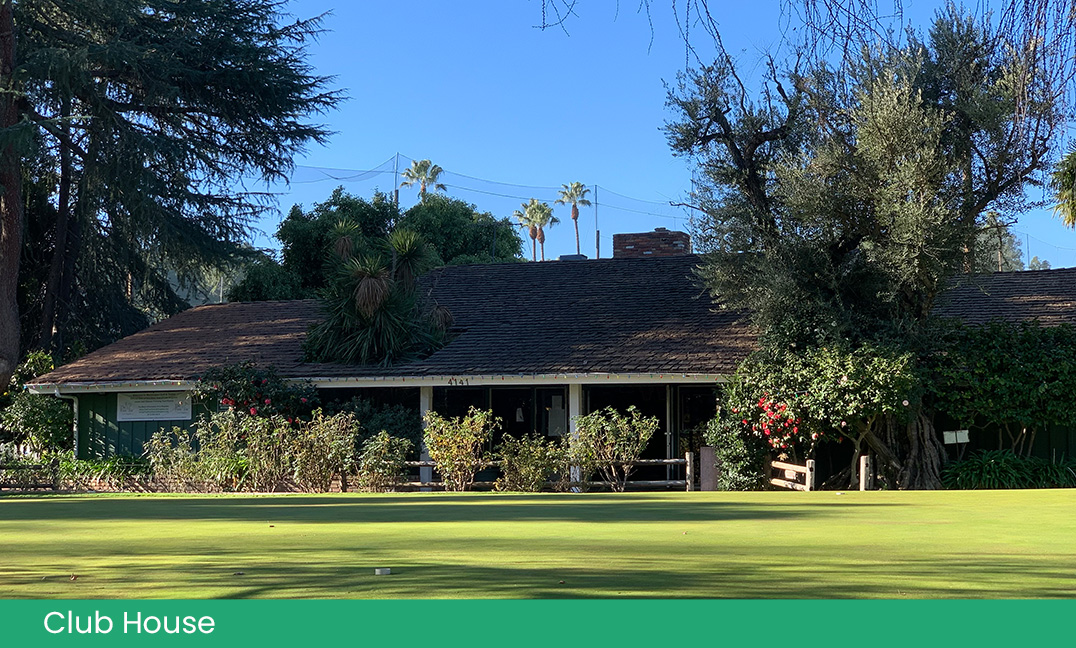
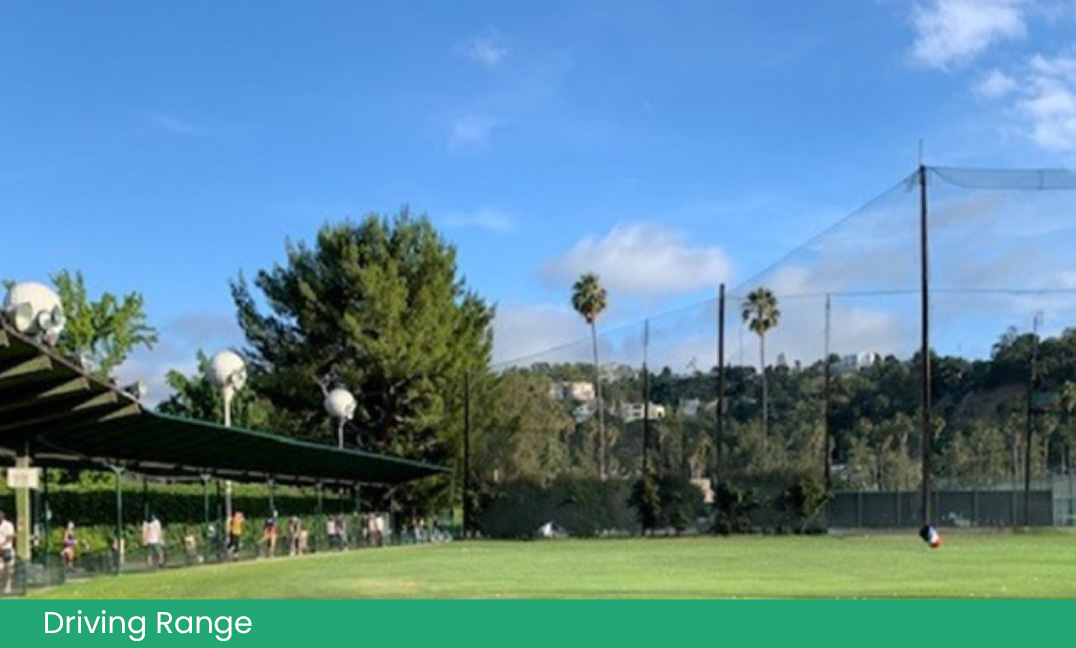
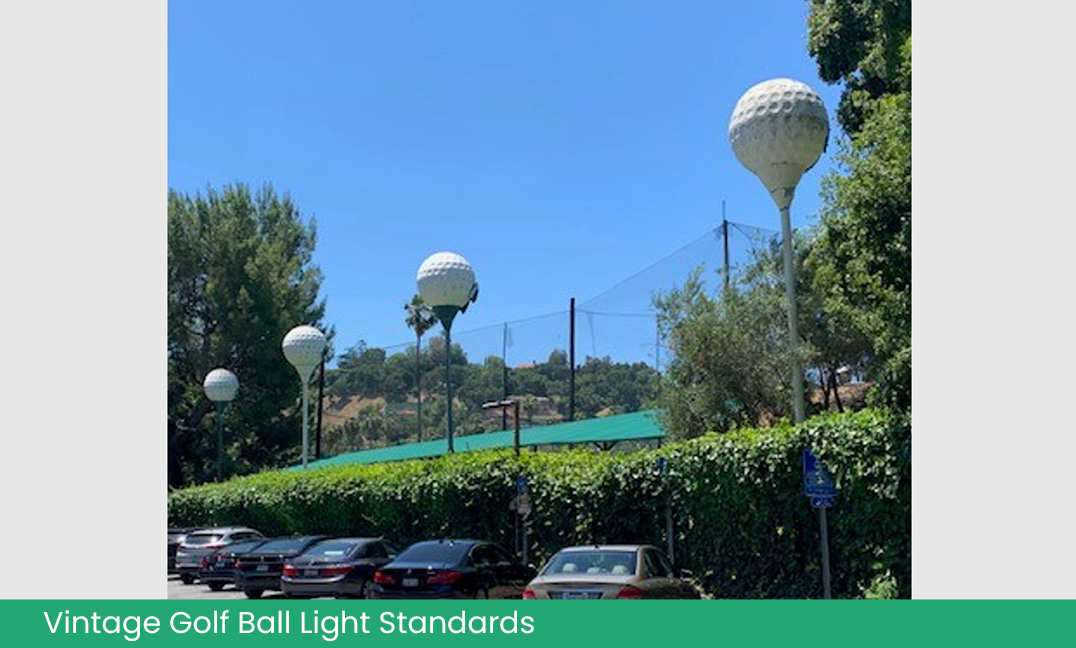
DRIVING RANGE
Weddington Golf & Tennis has always been a spot to talk to neighbors and make new friends.
• The draw isn’t only the multi-generational game of golf, it has also been a local meeting spot.
• The café is still successful and enjoyed by our community. There is no fee to enter the property, some come just for a coffee and a chat.
• The same benches are lined behind driving range to watch people practice as one learns by watching.
• This property has been part of community and culture of this neighborhood from the middle of the last century.
• Tennis courts were added in 1974. During this time period many golf facilities added tennis courts as that sport grew in popularity.
LIGHTS
Golf ball light standards are the most visible feature for people driving by on Whitsett. They have
always been a highly visible landmark.
They are significant as they are an example of “programmatic architecture” and are iconic and unique.
A PLACE FOR ALL
Dean Martin hits the first ball at the first tournament at Weddington in 1956, on the left Joe Kirkwood Jr. demonstrates his golf swing for classes. From Bob Hope to Will Smith and Cameron Diaz, celebrities and regular folk have gathered to enjoy a game of courtesy and camaraderie with family and friends, values we should strive to preserve.
© 2023 SaveWeddington.org | Coalition Logos are the property of their respective organizations |Do Not Sell My Personal Information | Privacy Statement
